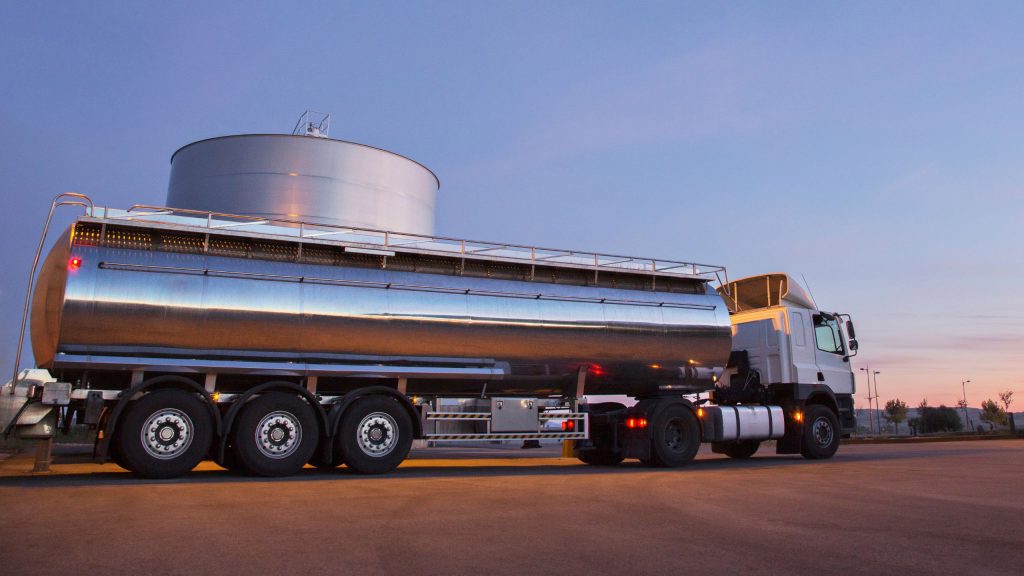Loading and unloading vehicles might be a part of everyday operations for many businesses but this does not mean that the risk of accident and injury reduces. In fact, it can have the opposite outcome and could increase the risk, especially if the correct health and safety measures are not in place.
Working at height as well as moving vehicles and heavy loads can all have an impact on workplace safety. Therefore, there is specific guidance in place that you can follow to help maintain safety when undertaking tanker loading and tanker unloading.
What Measures Can You Put In Place?
It is vital that all areas where liquid loading takes place is protected by the correct measures. Therefore, it is crucial that the area is clear of obstacles which might involve other vehicles, people and pedestrians as they can pose a risk.
For those vehicles where working at height is a requirement, such as tanker loading, overhead electrical cables have to be out of sight so there is no opportunity for people to come into contact with them. It might also be a requirement for you to consider the use of harness systems to help protect those who are working from height against injury resulting from a fall.
The right equipment should be used such as steps and platforms that make it possible to work on a level platform as this will help to maintain stability. There is also a responsibility to ensure that the floor of loading areas are safe and stable and that there are no damaged areas that could lead to a fall.
Of course, one of the biggest risks that are associated with loading and unloading tankers is the risk of the vehicle moving. It is imperative that the vehicle has all brakes applied and that stabilisers are used while the vehicle should be as stable as possible.
The Risk of Driving Away
Sometimes, a lack of awareness or communication can lead to the problem of driving away too early. This can happen and is one of the most dangerous workplace hazards when loading and unloading tankers due to the materials or liquids contained within them.
This is a risk that has to be avoided and can be avoided by implementing safety measures such as vehicle or trailer restraints and even traffic lights. It might also be useful for the individual who is loading or unloading the tanker to be in possession of the vehicle keys so the engine cannot be started or moved.
There are also systems available that can encourage safe driving such as Traffic Control Key Interlock Systems that prevent drive-offs through the use of two vehicle barriers. These can be installed at the entrance and exit of loading areas and through the use of sequential key interlocks, it ensures that drivers are loaded in the correct order. This can significantly reduce the risk of drive-offs and that alone can help to make the workplace a safer place when loading or unloading tankers.


